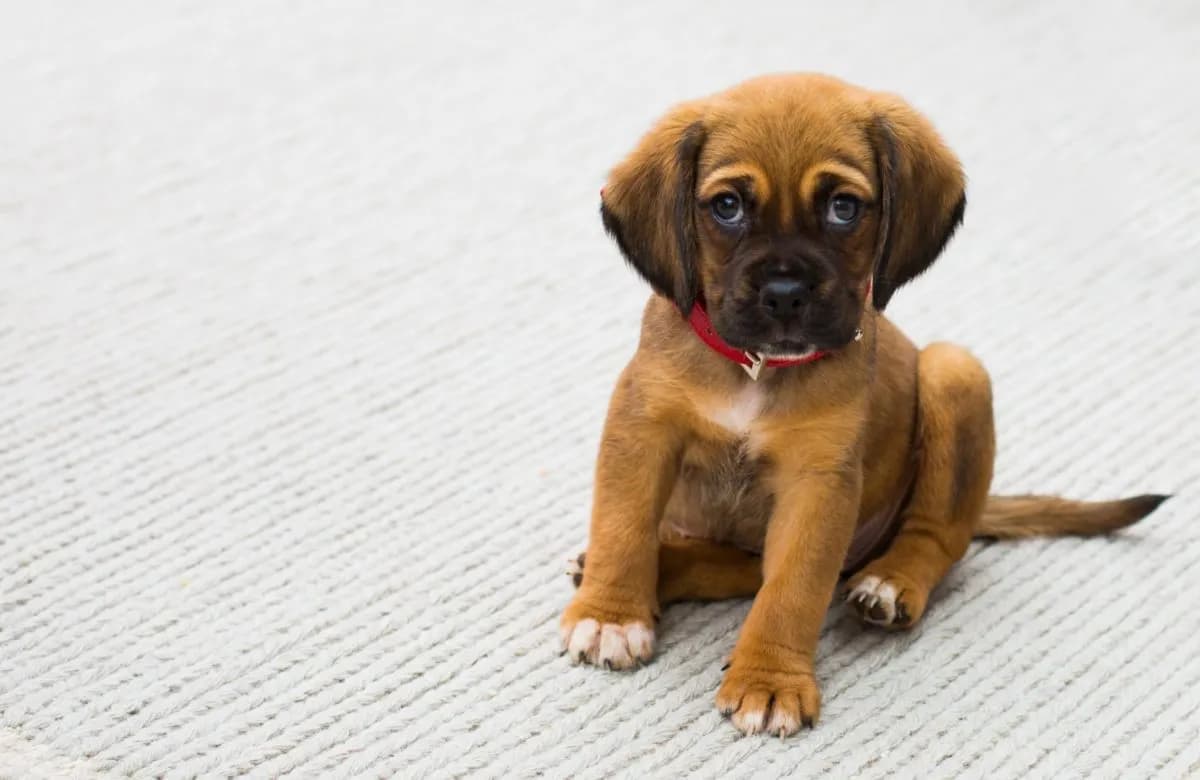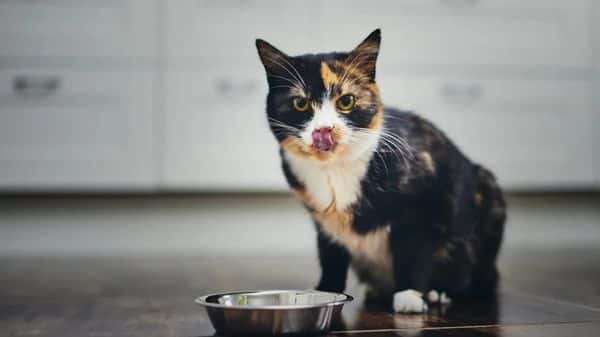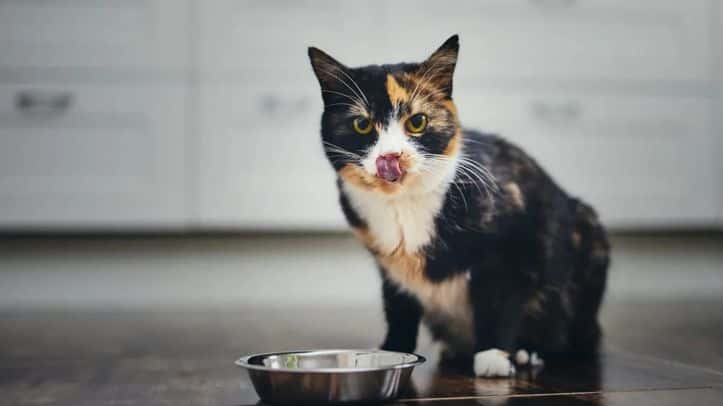
Everything You Need to Know About Your Pet's Anal Glands: Function, Health, and Maintenance
5.18.2020
Have you ever seen a dog drag their butt across the floor? Or maybe you’ve noticed an awful scent from your cat’s behind? Does your pet keep licking its bottom? If so, chances are your pet has experienced anal gland issues. But what are anal glands, and why are they important to your pet’s health?
The purpose of anal glands in dogs and cats
Dogs and cats have two glands located below their anus, which are called anal glands. These small sacs are filled with a foul-smelling fluid to mark scent when your pet goes potty. A healthy dog or cat can express this fluid from their anal glands naturally while having a bowel movement.
How to know if your pet is having an anal gland issue
If a dog or cat cannot express their anal glands, you will notice changes in the pet’s behavior.
Signs of anal gland issues in dogs:
Butt scooting
Tail chasing
Excessive licking or itching of the anal area
Pain or swelling in the anal area
Straining or difficulty pooping
Leaking anal gland fluid
Bloody stools or blood near your dog’s rectum
Also, watch out for matting of hair around the anus in longer haired breeds
Signs of anal gland issues in cats:
Pooping outside the litter box
Excessive licking under the tail
Butt scooting or dragging
Pain or swelling in the anal area
Bloody or sticky discharge
It’s always better to let your pet express their anal glands naturally, but for pets that experience issues expressing their anal glands, an external or internal expression can be performed by a veterinarian. Some groomers also offer external gland expression. Ignoring your pet’s anal gland issues may lead to impacted, abscessed or infected glands that need immediate veterinary attention.
How to ensure healthy anal glands in your pet
Two key factors that lead to anal gland issues in dogs and cats are weight and diet. A pet that is regularly exercised and kept at a healthy weight has an easier time expressing its anal glands.
Choose natural pet foods that are easy to process
The diet you feed your dog or cat also affects their ability to relieve their anal glands naturally. Feeding your pet ingredients they cannot process, such as preservatives, plant material, and grains can cause loose stools.
Switching your pet to a raw diet, such as Vital Essentials, can benefit your pet by helping to produce firmer stools. Just remember to switch to a purely raw diet slowly. If you take 10 to 14 days to gradually transition your pet’s diet, it will give their digestive system time to adjust to the new food.
High bone content treats can help
Dogs and cats can also benefit from feeding products with high bone content, such as Turkey Necks and Duck Heads, which can encourage natural anal gland expression.
Pet food with omega 3 can reduce inflammation
Supplementing your pet’s diet with foods high in omega-3 fish oils, such as those found in Wild Alaskan Salmon Freeze-Dried Treats and Salmon Skins for cats or Freeze-Dried Treats and Salmon Skins for dogs, can also help reduce inflammation leading to relief of anal gland issues in pets.
Anal gland issues affect many pets but with dietary changes and exercise, you can help ensure your pet experiences relief through a healthy lifestyle. Always consult a veterinarian before treating anal gland issues at home.
Featured in this article:





